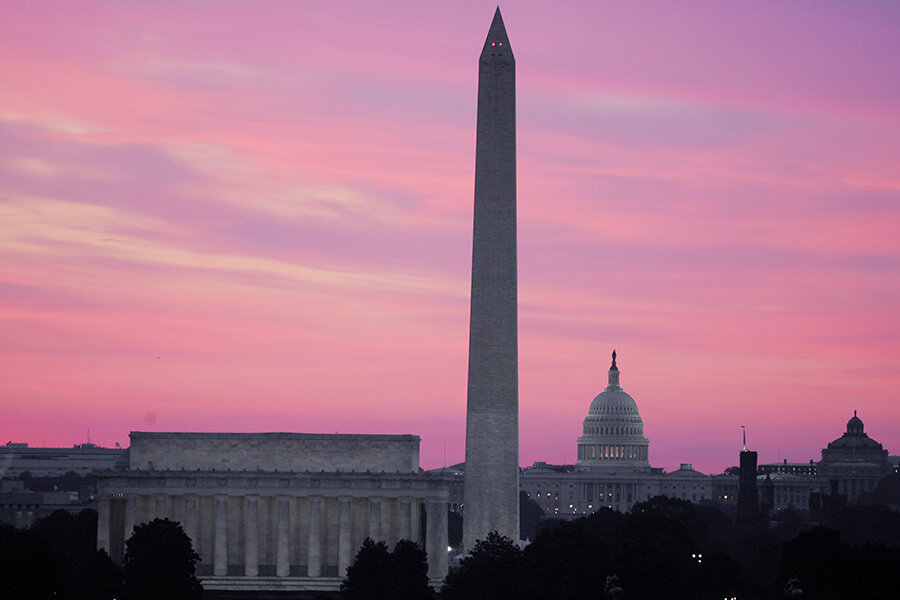That sinking feeling: Washington D.C.’s sea level problem
Loading...
The ground underneath Washington D.C. could drop by six or more inches in the next century, scientists find.
What does this mean for the nation’s capital?
The falling land will “exacerbate the flooding the city faces from rising ocean waters due to a warming climate and melting ice sheets – accelerating the threat to the region’s monuments, roads, wildlife refuges, and military installations,” according to a press release from the University of Vermont, which led the research alongside the US Geological Survey.
It’s questionable as to how much can be done to minimize the risk.
The researchers found the land sinking is “not primarily driven by human influence, such as groundwater withdrawals, but instead is a long-term geological process that will continue unabated for tens of thousands of years, independent from human land use or climate change.”
But researchers find the urgency of the situation requires action.
“Right now is the time to start making preparations,” said study lead author Ben DeJong, according to the release. “Six extra inches of water really matters in this part of the world.”
The field study analyzed data from the drilling of 70 boreholes around Chesapeake Bay, many over 100 feet deep, and found land under the bay is sinking rapidly.
The Washington Post notes the simultaneous occurrences of sinking and climate change could mean the Chespeake Bay’s sea level rise will surpass three feet by the end of the century.
However necessary scientific initiatives are, they will still need to cross political hurdles.
“It’s ironic that the nation's capital—the place least responsive to the dangers of climate change—is sitting in one of the worst spots it could be in terms of this land subsidence,” said Paul Bierman, a UVM geologist and the senior author on the new paper, according to the press release.
DC isn’t the only city at risk of serious flooding. The Christian Science Monitor recently reported on a study published Monday that found that storm surge, high rainfall, and rising sea levels put all low-lying US coastal cities at risk of devastating floods.
As Thomas Wahl, the leader of that study pointed out, “Nearly 40 percent of the US population resides in coastal counties,”





